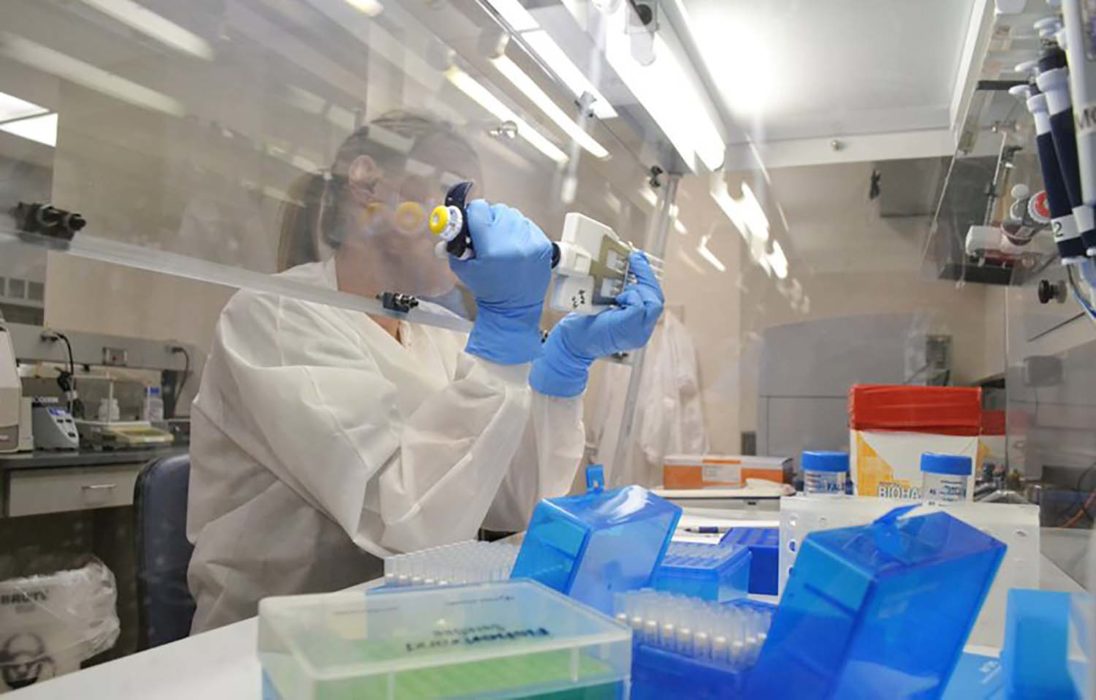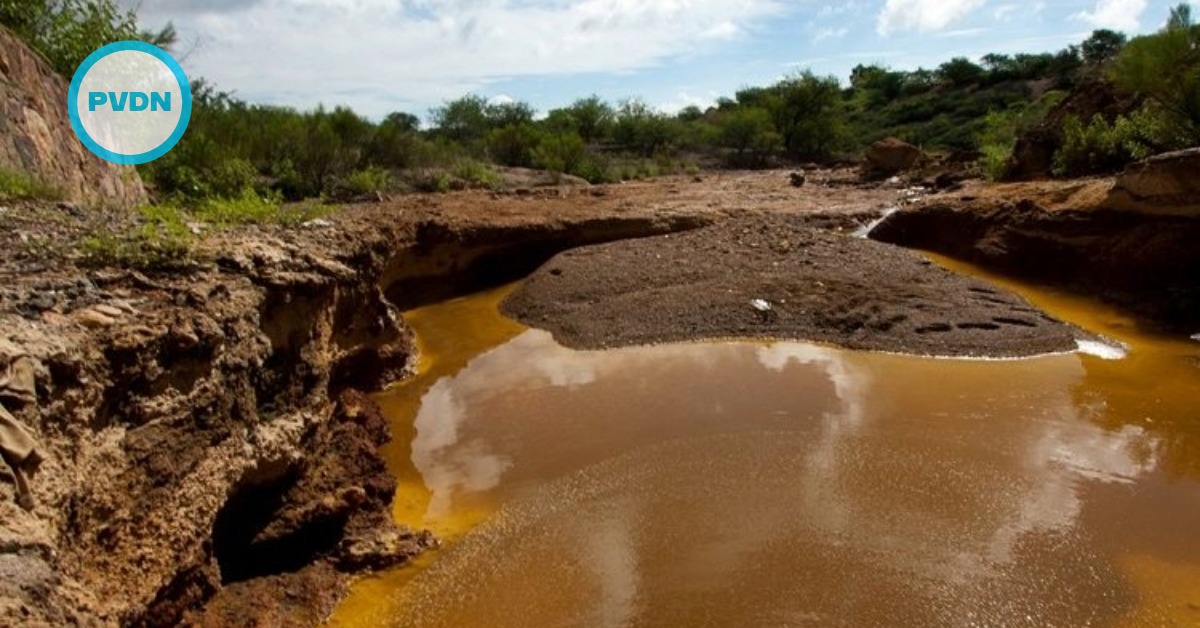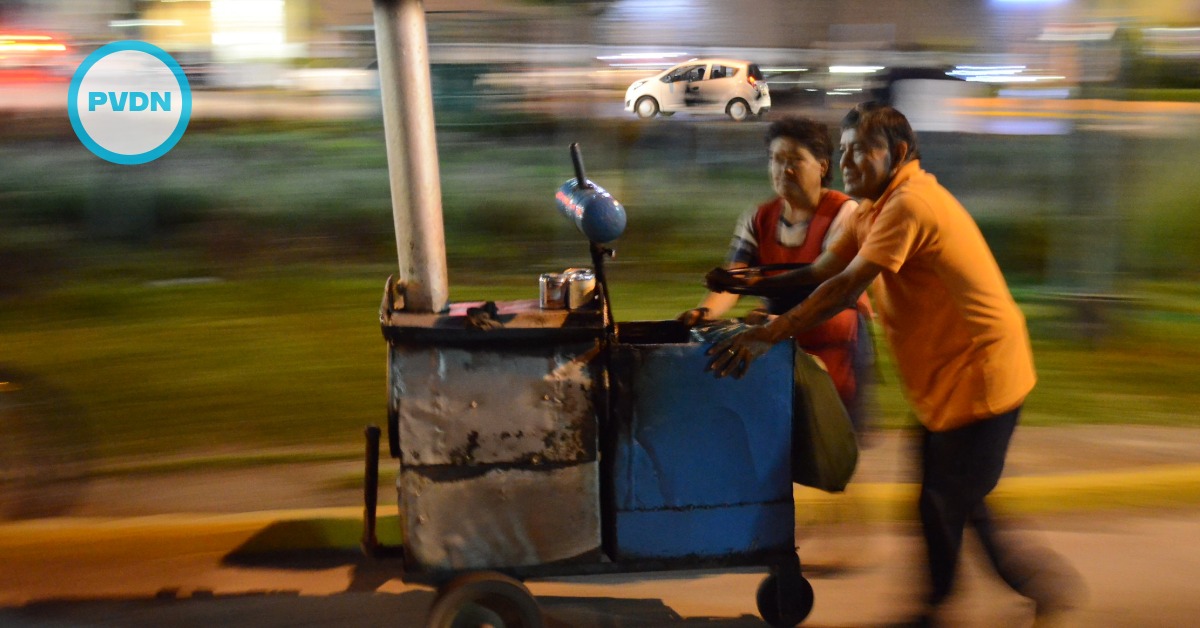Disease hunters are using genetic sequencing in their investigation of the ongoing food poisoning outbreak linked to romaine lettuce, a technique that is revolutionizing the detection of germs in food.
The genetic analysis is being used to bolster investigations and — in some cases — connect the dots between what were once seemingly unrelated illnesses. It also is uncovering previously unfathomed sources of food poisoning, including one outbreak from apples dipped in caramel.
So far, most of the work has largely focused on one germ, listeria. But it is expanding. By the end of this year, labs in all 50 states are . . .






